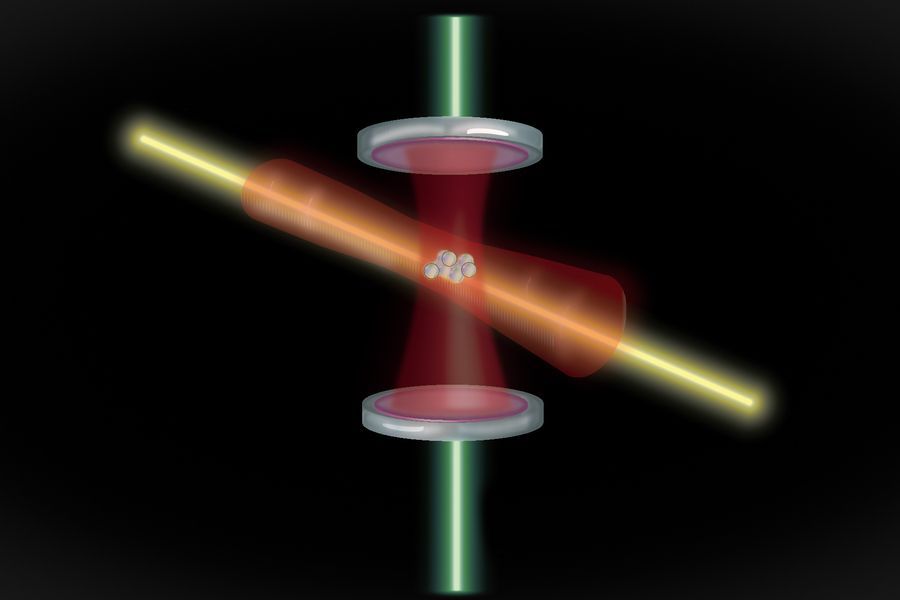
⌛ The world's best atomic clock can help us reveal the secrets of the universe
By using quantum effects, researchers have created a design for atomic clocks that is many times more accurate than the atomic clocks used today.
Share this story!
Today's atomic clocks are so accurate that if they were built at the birth of the universe 13.8 billion years ago, they would only have lasted half a second today . But even the enormous precision is not enough for a research team from MIT that has now developed a technology that can give us even more accurate atomic clocks .
By using an effect called quantum intertwining , the research team has succeeded in creating a design for a clock that could last only 100 milliseconds in 13.8 billion years. It is also possible to perform the measurements four times faster, which is practical if you need to make measurements over a very short time.
Now one may wonder if we really need such accurate atomic clocks, but researchers point out that there are several applications where today's clocks are not enough. More accurate atomic clocks, for example, would help scientists more easily detect gravitational waves and perhaps even dark matter. In addition, it is possible that better timing can help us determine if time itself may change as the universe ages.
A perfect atomic clock would measure time by recording how a single atom oscillates. Unfortunately, an effect called Standard Quantum Limit creates fluctuations that interfere with measurements on a single atom.
Simplified, we can say that the result from the measurement of a single atom is not much better than a single coin. To get a sensible result, we must measure many atoms to get a correct value (or the greatest probability for the correct value in any case).
Therefore, today's atomic clock uses large clouds with thousands of atoms for the measurements. But even in a large cloud of atoms, quantum effects mean that the measurement is not completely accurate. The idea of MIT researchers is to use quantum intertwining instead.
The intertwining makes it possible to use fewer atoms for the measurements. The scientists use 350 atoms in their design. Another difference is that researchers use ytterbium atoms instead of cesium as in today's atomic clock. Ytterbium vibrates 100,000 times faster than cesium, which also increases the precision of the measurements.
Scientists now hope that today's atomic clock can be adapted to the new technology and thus give many scientists better opportunities to explore the great mysteries of the universe.
By becoming a premium supporter, you help in the creation and sharing of fact-based optimistic news all over the world.


